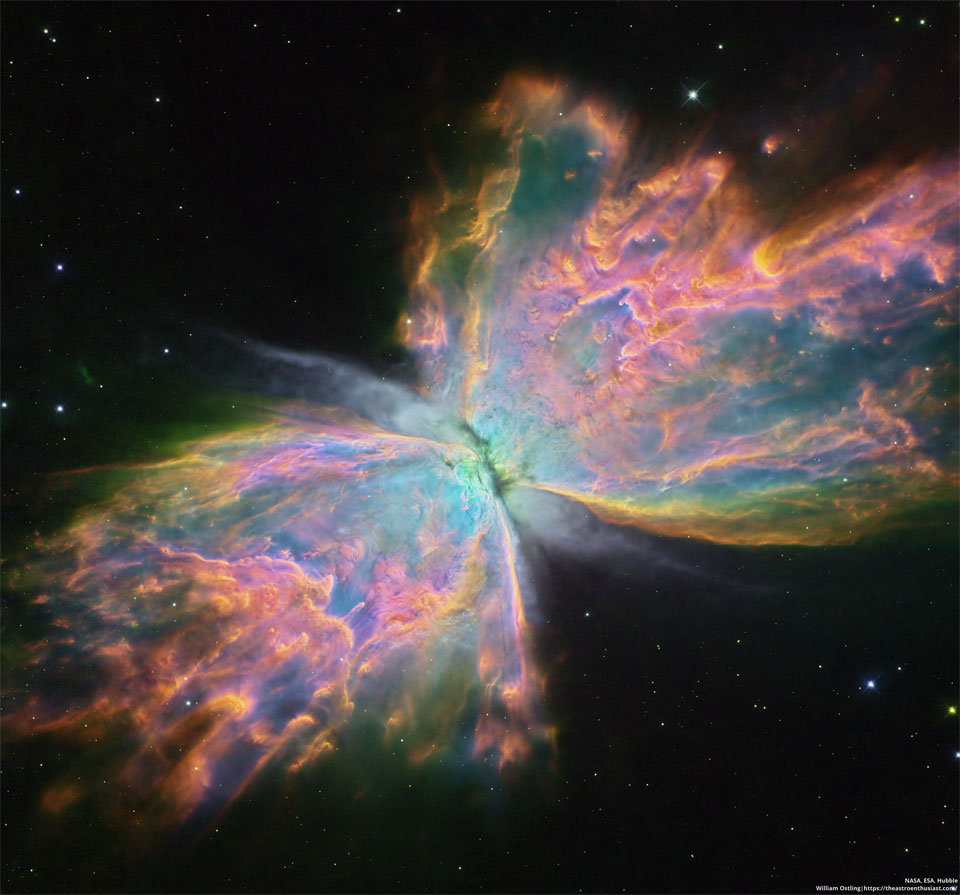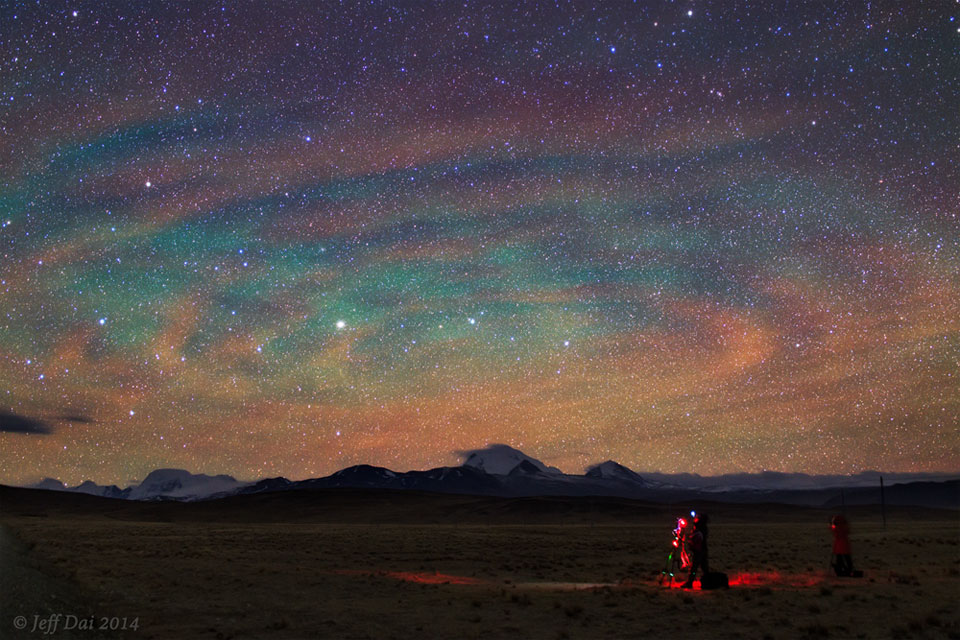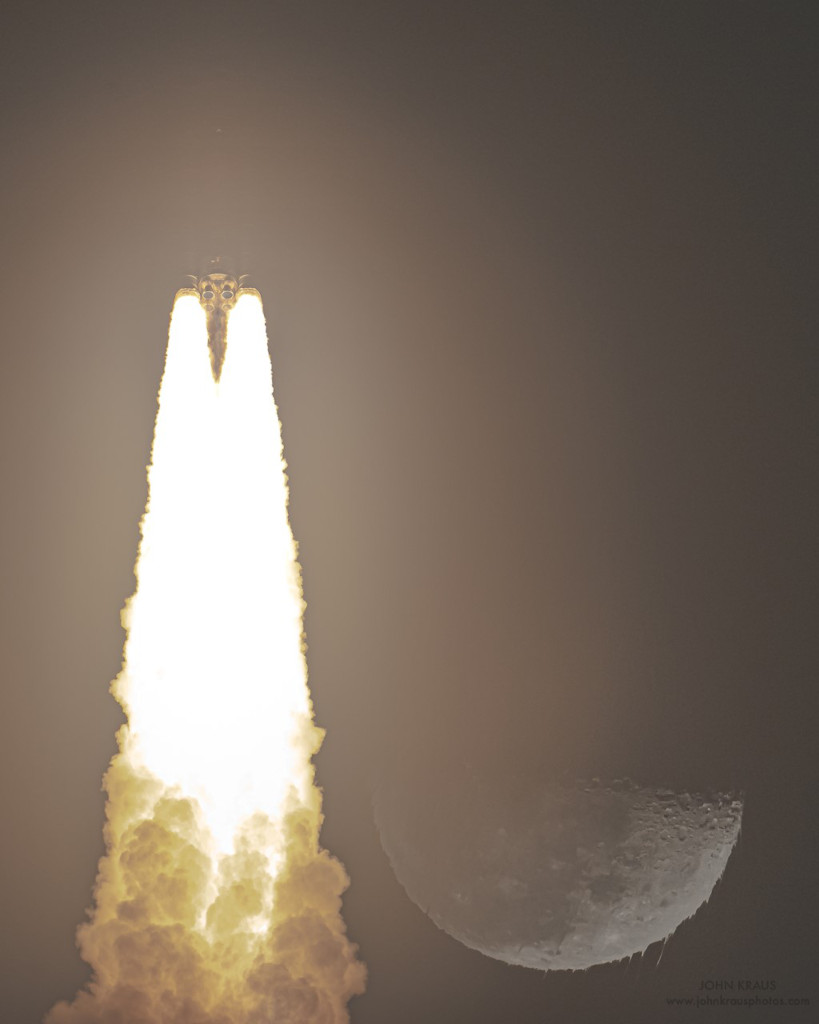NASA’s CAPSTONE spacecraft has completed final maneuvers to place it in its target orbit around the Moon, refining its path in the orbit it arrived to last week.
from NASA https://ift.tt/c7KoGYd
via IFTTT
NASA’s CAPSTONE spacecraft has completed final maneuvers to place it in its target orbit around the Moon, refining its path in the orbit it arrived to last week.
from NASA https://ift.tt/c7KoGYd
via IFTTT

NASA will host a news conference at 5 p.m. EST today, Monday, Nov. 21, from the agency’s Johnson Space Center in Houston to discuss Orion’s lunar flyby as part of the Artemis I mission.
from NASA https://ift.tt/JbeAU4w
via IFTTT



NASA has selected Air Products and Chemicals, Inc of Allentown, Pennsylvania, to supply 33 million liters of liquid helium to the agency’s Kennedy Space Center in Florida.
from NASA https://ift.tt/3jkZpBw
via IFTTT
NASA has awarded a six-month extension to ADNET Systems Inc. of Bethesda, Maryland, for the Space and Earth Science Data Analysis (SESDA IV) contract.
from NASA https://ift.tt/vr9Fap3
via IFTTT

Students from Maryland and Oklahoma will have the opportunity next week to hear from astronauts aboard the International Space Station.
from NASA https://ift.tt/Rli8Kuc
via IFTTT